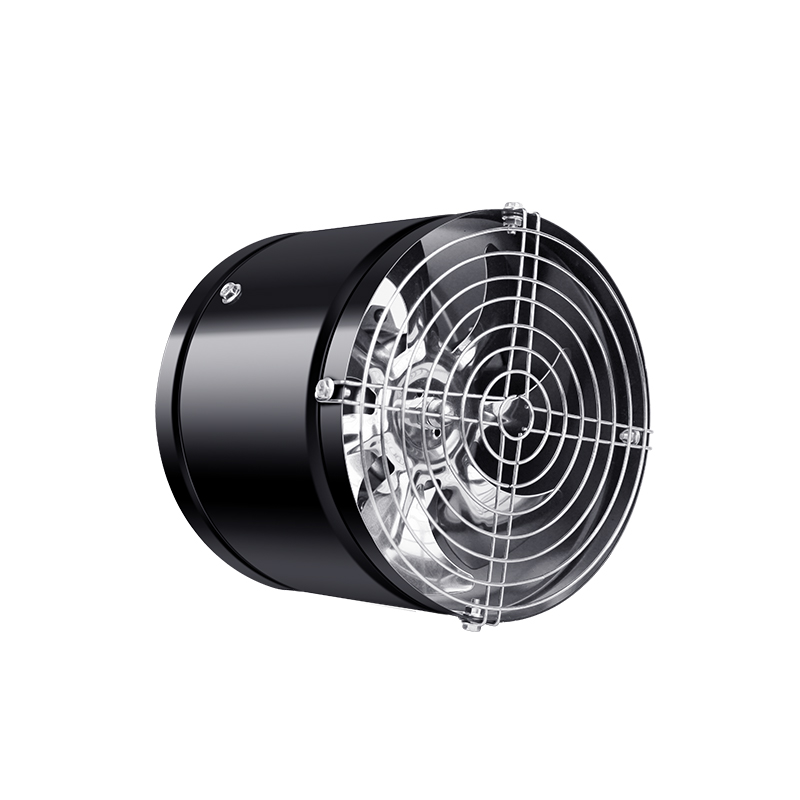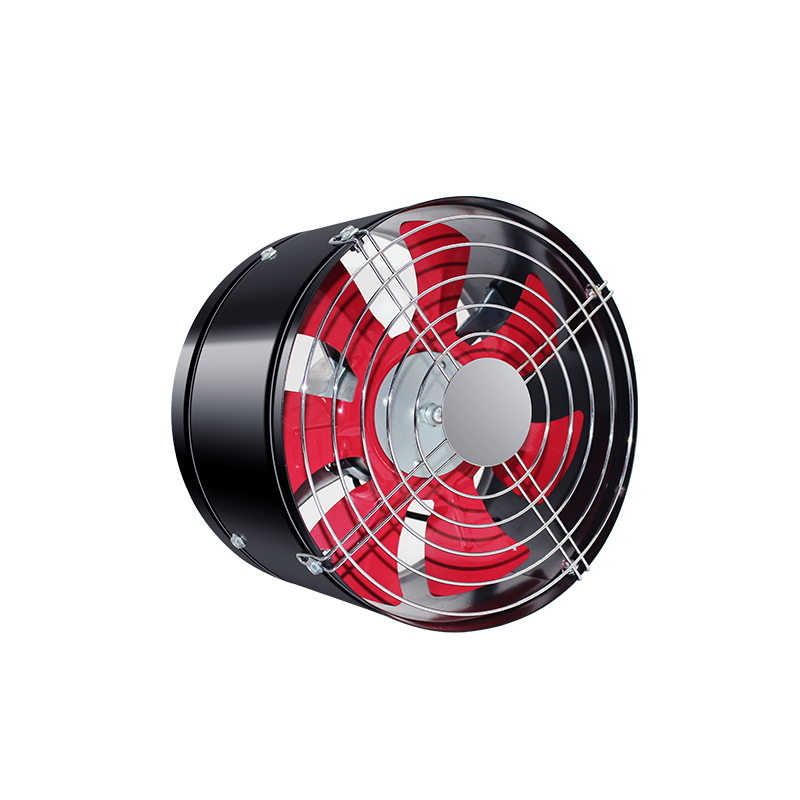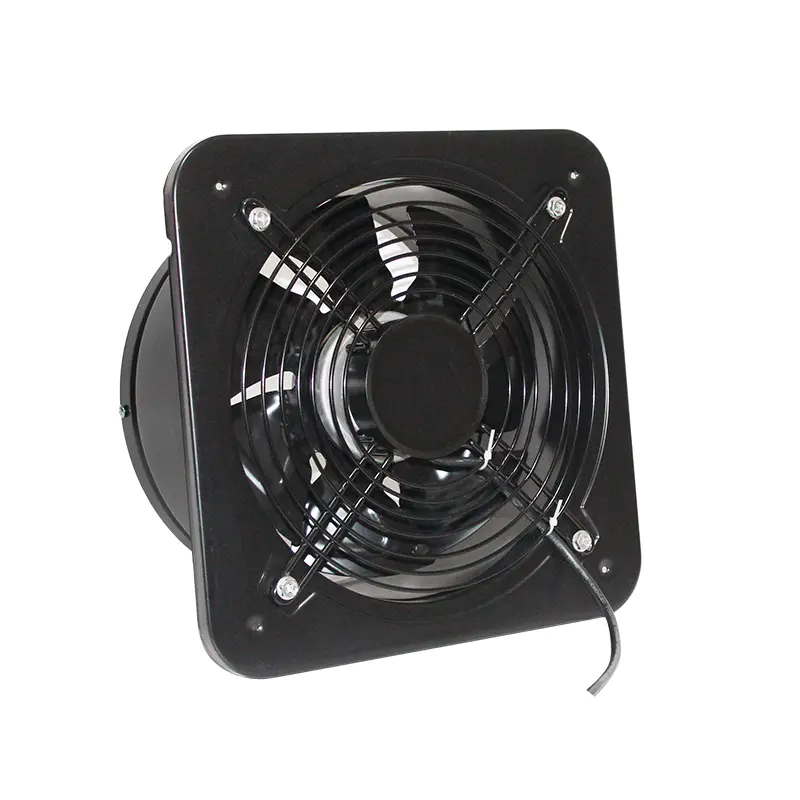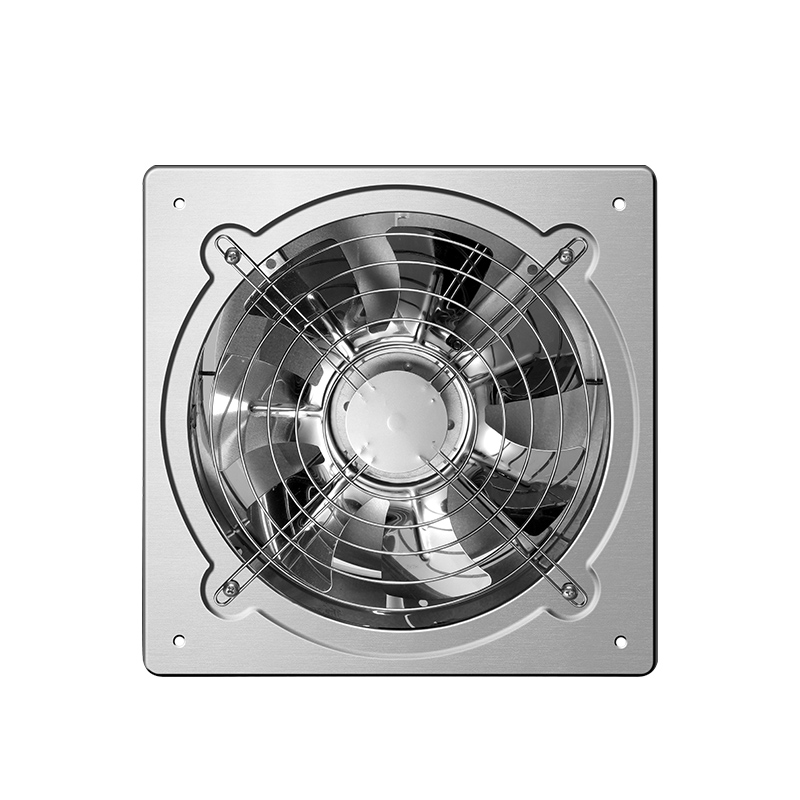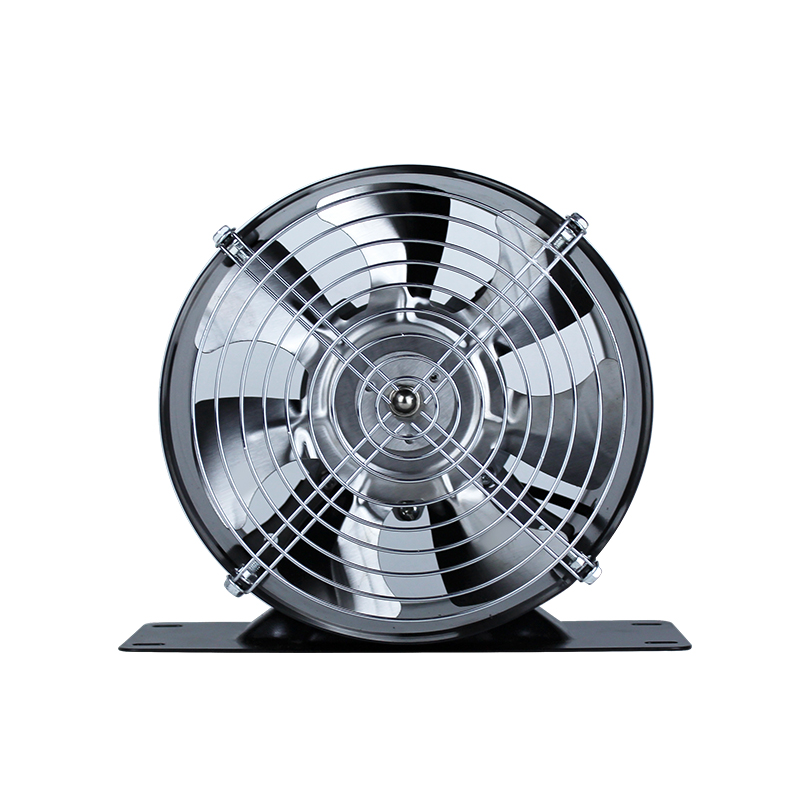News
Axial fan vs centrifugal fan: Comprehensive Comparison & Selection Guide
- 1 Introduction
- 2 Understanding the Basics
- 3 Key Differences between Axial Fan vs Centrifugal Fan
- 4 Long-Tail Keyword Scenarios
- 4.1 how to choose between axial and centrifugal fan for ventilation systems
- 4.2 axial fan vs centrifugal fan energy efficiency comparison
- 4.3 when to use a centrifugal fan instead of an axial fan in industrial ventilation
- 4.4 axial fan vs centrifugal fan maintenance requirements in manufacturing plants
- 4.5 axial fan vs centrifugal fan application in exhaust systems for factories
- 5 Comparative Table: Axial Fan vs Centrifugal Fan
- 6 Selection Guide for Your Application
- 7 Conclusion
- 8 Frequently Asked Questions (FAQ)
Introduction
Why comparing an axial fan vs centrifugal fan matters
In industrial ventilation and exhaust systems, selecting between an axial fan and a centrifugal fan can significantly impact airflow performance, energy consumption, noise levels and maintenance costs. Understanding the differences allows engineers and facility managers to optimize system efficiency, reliability and total cost of ownership.
Company profile – Shengzhou Qiantai Electric Appliance Co., Ltd.
Shengzhou Qiantai Electric Appliance Co., Ltd. is located in Shengzhou City, Zhejiang Province ("the town of Yue opera", "the town of the motor"), Sanjiang Industrial Park Xianhu Road No. 1378. The company designs, produces and sells exhaust fans, ventilation fans, axial fans, industrial fans and supporting motors. Products are certified by China Quality Certification Center, and are widely used in home kitchens, restaurants, factories, pipelines, warehouses and more. With strong R&D, advanced production/testing equipment and stringent management, Qiantai adheres to "customer first, employees second, shareholders third", continuously innovating to provide excellent energy-saving products and contribute to China's fan industry development.
Adjustable Speed High Speed Post Axial Flow Fan, Bracket Mobile Industrial High Power Exhaust Fan
Understanding the Basics
What is an axial fan?
- An axial fan moves air parallel to its axis of rotation.
- It typically generates high volume flow at relatively low static pressure.
- Its design is comparatively simple, compact and cost-effective.
What is a centrifugal fan?
- A centrifugal fan draws air into the centre of the impeller and discharges it at a right angle (i.e., perpendicular) to the intake.
- It produces higher static pressure but often lower volume flow compared to axial fans.
- Often used where airflow must overcome resistance (e.g., ductwork, filters, pipelines).
Key Differences between Axial Fan vs Centrifugal Fan
Airflow direction and pressure characteristics
In essence, an axial fan moves air straight along the shaft direction, while a centrifugal fan moves air radially outward. This difference leads to different pressure-volume characteristics.
Comparison table
| Characteristic | Axial fan | Centrifugal fan |
| Airflow direction | Parallel to axis | Perpendicular / radial |
| Volume vs pressure | High volume, low pressure | Lower volume, high pressure |
Energy efficiency and power consumption
Generally, if the system has low resistance the axial fan will consume less power and yield better energy efficiency. Conversely, when the system has high resistance, a centrifugal fan becomes more efficient at delivering required airflow despite higher power draw.
Comparison table
| Characteristic | Axial fan | Centrifugal fan |
| Energy consumption (for low resistance) | Lower | Higher |
| Energy consumption (for high resistance / duct work) | Less suitable | More suitable |
Size, installation space and cost considerations
Axial fans are typically more compact and cost-effective for straightforward ventilation tasks, while centrifugal fans often require larger housings and more installation space due to ducting and casing complexity.
Comparison table
| Characteristic | Axial fan | Centrifugal fan |
| Initial cost | Lower | Higher |
| Installation footprint | Compact | Larger / more complex |
Noise, maintenance and lifecycle factors
Because centrifugal fans operate at higher pressures and often with heavier housings, they may generate more noise and require more robust maintenance. Axial fans tend to be quieter and simpler to maintain in low-resistance, straightforward setups.
Comparison table
| Characteristic | Axial fan | Centrifugal fan |
| Noise level | Generally lower | Generally higher |
| Maintenance complexity | Simpler | More intensive |
Long-Tail Keyword Scenarios
how to choose between axial and centrifugal fan for ventilation systems
When selecting ventilation fans for say factories or warehouses, ask: What is the static pressure in the ductwork? Is the airflow requirement high volume or is it constrained by long ducts or filters? If the duct resistance is low, an axial fan is appropriate; if high resistance exists, then a centrifugal fan is likely better.
axial fan vs centrifugal fan energy efficiency comparison
For systems where energy cost is a concern, compare motors, fan curves, expected operating hours and anticipate how each will perform over time. The axial option may offer savings in low-pressure scenarios; the centrifugal may better maintain efficiency over high-pressure cycles.
when to use a centrifugal fan instead of an axial fan in industrial ventilation
In industrial ventilation where long duct runs, filters, high heights or elevation differences introduce major resistance, you often choose a centrifugal fan instead of an axial fan. Its ability to produce high static pressure gives it an advantage in these contexts.
axial fan vs centrifugal fan maintenance requirements in manufacturing plants
Maintenance teams should note that axial fans generally require simpler inspection and cleaning, whereas centrifugal fans may involve housing, impeller balancing, and bypass duct considerations, making their maintenance requirements more demanding.
axial fan vs centrifugal fan application in exhaust systems for factories
In factory exhaust systems (for example from welding fumes or chemical processes), the choice often depends on whether the system is high volume, low resistance (favoring axial) or low volume, high resistance (favoring centrifugal). Matching the fan type to the exhaust system's characteristics is critical.
Comparative Table: Axial Fan vs Centrifugal Fan
Summary comparison table
| Feature | Axial fan | Centrifugal fan |
| Best suited for | High volume, low resistance | Medium/low volume, high resistance |
| Typical noise | Lower | Higher |
| Installation cost | Lower | Higher |
| Maintenance simplicity | Simpler | More complex |
Selection Guide for Your Application
Key criteria to evaluate
- Static pressure or resistance in the duct or system
- Required airflow volume (e.g., CFM or m³/hr)
- Duct layout, filters, elevation, height, bends
- Noise limits and maintenance accessibility
- Energy consumption over expected operating hours
Typical application examples for each type
- Axial fan: large open intake/exhaust with minimal duct resistance (warehouses, cooling towers, factory general ventilation)
- Centrifugal fan: ducts with multiple bends, filters, long runs, or systems requiring higher static pressure (industrial exhaust, chemical processing ventilation, dust collectors)
How Shengzhou Qiantai Electric Appliance Co., Ltd. supports your selection
At Shengzhou Qiantai Electric Appliance Co., Ltd., we offer a wide range of ventilation fans including both axial fans and industrial fans suitable for various resistance/volume requirements. Our strong technical foundation, independent innovation and advanced testing equipment enable us to assist clients in selecting the appropriate fan type, optimizing for energy-saving performance and long-term reliability. Whether your setup demands high-volume, low-pressure airflow or high-resistance duct-based extraction, we can advise and supply accordingly.
Conclusion
Recap of major points
The comparison of Axial fan vs centrifugal fan reveals that axial fans excel in applications needing high airflow with low resistance, while centrifugal fans shine when overcoming high static pressures and complex ductwork. Understanding the key differences in direction of airflow, pressure/volume, installation footprint, noise and maintenance enables more informed decisions.
Final recommendation based on application type
Match your fan type to your system's characteristics: if the airflow path is short, resistance is minimal and cost is a priority, go with an axial fan. If your system uses long ducts, many bends, filters or requires high pressure, a centrifugal fan is the wiser choice. And for expert support and reliable products, consider consulting a specialist like Shengzhou Qiantai Electric Appliance Co., Ltd. to ensure optimal performance and energy‐saving design.
Frequently Asked Questions (FAQ)
- Q1: What factors determine whether to choose an axial or a centrifugal fan?
A1: Key factors include the static pressure (system resistance), required airflow volume, duct layout and installation constraints. - Q2: Are axial fans always cheaper than centrifugal fans?
A2: They often have lower initial cost for simple high-volume, low-resistance cases, but over lifetime energy and maintenance costs may alter the equation. - Q3: Which fan type is more suitable for a factory exhaust system?
A3: If the exhaust system has long ducts, filters and high resistance, a centrifugal fan is typically more suitable; if it's a short direct exhaust with minimal resistance, an axial fan may work better. - Q4: How does maintenance differ between axial and centrifugal fans?
A4: Axial fans tend to have simpler maintenance routines due to fewer obstructions and simpler housings; centrifugal fans may require more frequent balancing, inspection of scroll housings and dealing with higher noise/vibration issues. - Q5: Does the company Shengzhou Qiantai Electric Appliance Co., Ltd. provide both axial and centrifugal fan solutions?
A5: Yes — the company designs, manufactures and sells exhaust fans, ventilation fans, axial fans, industrial fans and their supporting motors, and can assist in selecting the right fan type for your application.


 English
English 中文简体
中文简体

